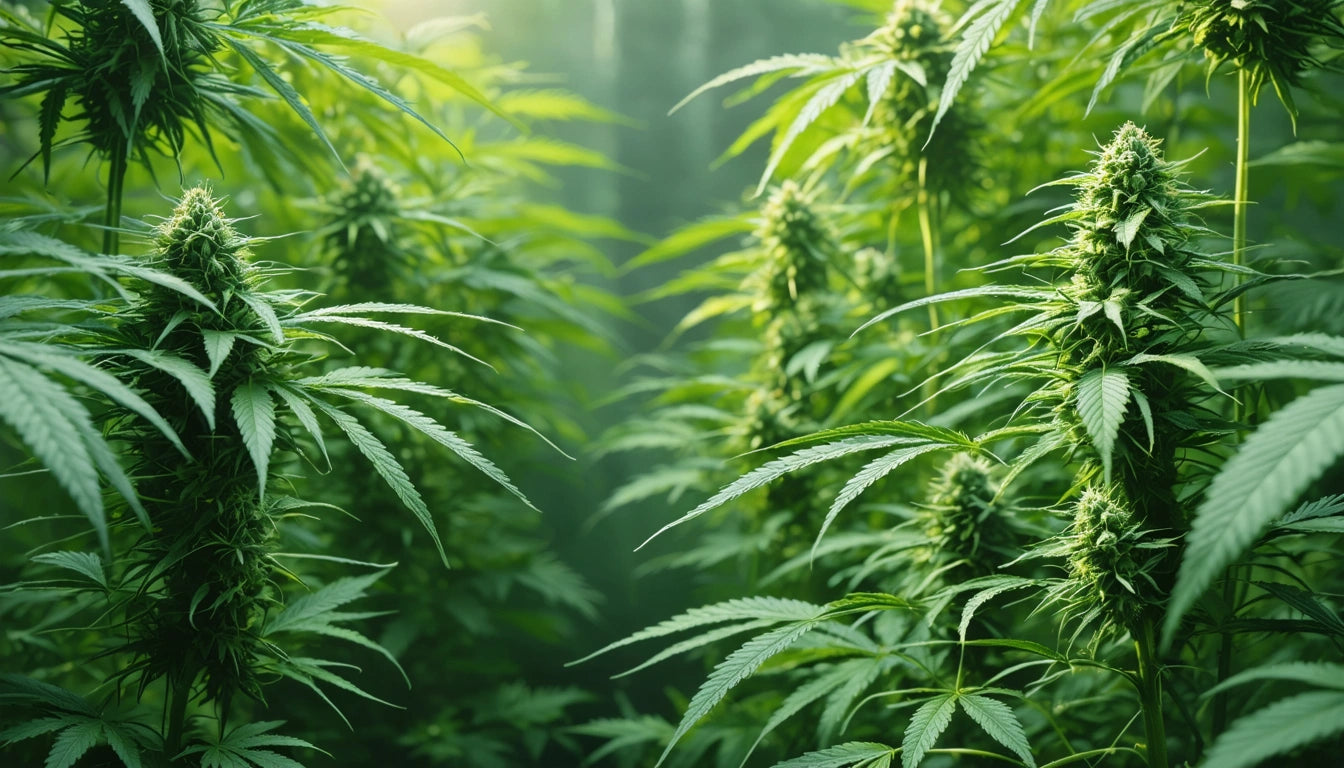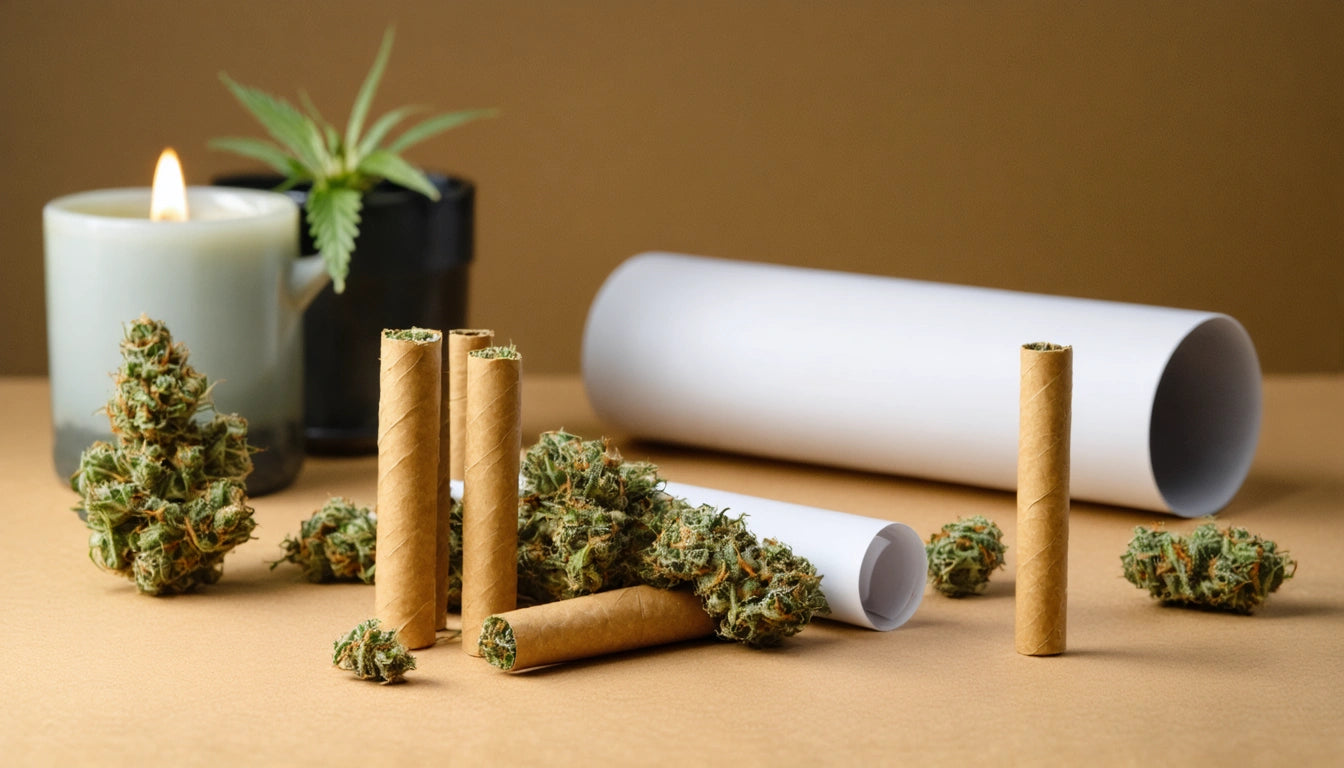Table of Contents
- Why Proper Drying Matters: Preserving Potency and Flavor
- Whole Plant vs. Branches: Choosing Your Hanging Method
- Step-by-Step Guide to Hanging and Drying Cannabis
- Optimal Drying Conditions: Environment Control
- Timing Considerations: How Long to Hang Dry Weed
- Common Drying Mistakes to Avoid
- Next Steps After Drying: Curing for Maximum Quality
Comprehensive Guide to Hanging and Drying Cannabis Plants
The drying process is a critical phase in cannabis cultivation that significantly impacts the final product's potency, flavor, and overall quality. Learning how to hang dry cannabis properly can mean the difference between premium buds and a subpar harvest. This guide covers everything from hanging techniques to drying times and environmental conditions.
Why Proper Drying Matters: Preserving Potency and Flavor
Proper drying preserves terpenes, cannabinoids, and prevents mold growth. When done correctly, hanging your cannabis plants to dry will enhance the smoking experience while extending shelf life. According to our guide on preventing overdrying, cannabis that dries too quickly can result in harsh smoke and diminished effects.
The drying process allows chlorophyll to break down, reducing the harsh, grassy taste often found in improperly dried cannabis. Additionally, proper drying begins the conversion of THCA to THC, optimizing the plant's psychoactive properties.
Whole Plant vs. Branches: Choosing Your Hanging Method
Hanging Whole Plants
Hanging the entire plant intact offers several advantages:
- Slower, more controlled drying process
- Better preservation of terpenes
- Less handling of delicate trichomes
- More uniform drying throughout the plant
This method is particularly beneficial for preserving the aromatic profile of your harvest. Our home drying and curing guide recommends whole-plant hanging for premium cannabis with complex flavor profiles.
Hanging Individual Branches
Alternatively, cutting the plant into individual branches offers:
- Space efficiency in limited drying areas
- Easier management of plants with varying bud density
- Ability to remove branches as they finish drying
- Better air circulation around dense buds
For commercial growers or those with limited space, the branch method provides more flexibility. When learning how to hang weed to dry, many beginners start with branches for easier handling.
Whether you choose whole plants or individual branches, maintaining consistent environmental conditions is crucial for quality results.
Step-by-Step Guide to Hanging and Drying Cannabis
Preparation
Before hanging your cannabis plants:
- Harvest at the optimal time (when trichomes are cloudy with some amber)
- Remove large fan leaves (wet trimming) or leave them (dry trimming)
- Prepare your drying space with proper ventilation and humidity control
- Gather supplies: string, clothes hangers, or drying racks
Using precise digital scales for your harvest helps track moisture loss during drying, giving you better control over the process and helping determine when your cannabis reaches the ideal moisture content.
Hanging Technique
To hang dry weed properly:
- Cut the main stem (whole plant) or separate into branches
- Remove excess leaves if wet trimming
- Hang plants upside down using string, wire, or coat hangers
- Space plants/branches to allow air circulation
- Ensure buds don't touch each other or walls
According to our ultimate drying guide, proper spacing prevents mold formation and ensures even drying throughout your harvest.
Optimal Drying Conditions: Environment Control
Creating the right environment is essential when learning how to hang and dry weed:
- Temperature: 60-70 °F (15-21 °C)
- Humidity: 45-55% relative humidity
- Airflow: Gentle, indirect circulation
- Light: Minimal to none (dark room preferred)
Maintaining these conditions slows the drying process, preserving terpenes and cannabinoids. Our guide to optimal bud drying emphasizes that environmental stability is more important than speed.
Timing Considerations: How Long to Hang Dry Weed
The question of how long to hang weed plants to dry depends on several factors:
- Humidity levels: Higher humidity extends drying time
- Plant size: Larger plants take longer
- Bud density: Dense buds require more time
- Hanging method: Whole plants dry slower than branches
In optimal conditions, expect:
- Branches: 7-10 days
- Whole plants: 10-14 days
As detailed in our timeline for proper drying, rushing this process is counterproductive. Patience yields superior results.
Common Drying Mistakes to Avoid
When learning how to hang weed plant material, avoid these common errors:
- Drying too quickly: Results in harsh smoke and diminished flavor
- Insufficient airflow: Can lead to mold and mildew
- Excessive handling: Damages trichomes and reduces potency
- Inconsistent environment: Causes uneven drying and quality issues
- Skipping the cure: Rushing to consumption before proper curing
For those in a hurry, our guide on quick drying methods offers alternatives, though these should be used sparingly as they typically produce lower quality results.
Next Steps After Drying: Curing for Maximum Quality
Once you've mastered how to hang dry cannabis, the next crucial step is proper curing. When stems snap rather than bend, your cannabis is ready for curing in airtight containers. This process allows for:
- Further breakdown of chlorophyll
- Enhanced flavor development
- Improved smoothness of smoke
- Extended shelf life
- Preservation of cannabinoids and terpenes
Curing typically takes 2-4 weeks minimum, with some connoisseurs extending this process for months to develop complex flavor profiles. The investment in proper drying and curing pays dividends in quality, making the difference between average and exceptional cannabis.











Leave a comment
All comments are moderated before being published.
This site is protected by hCaptcha and the hCaptcha Privacy Policy and Terms of Service apply.